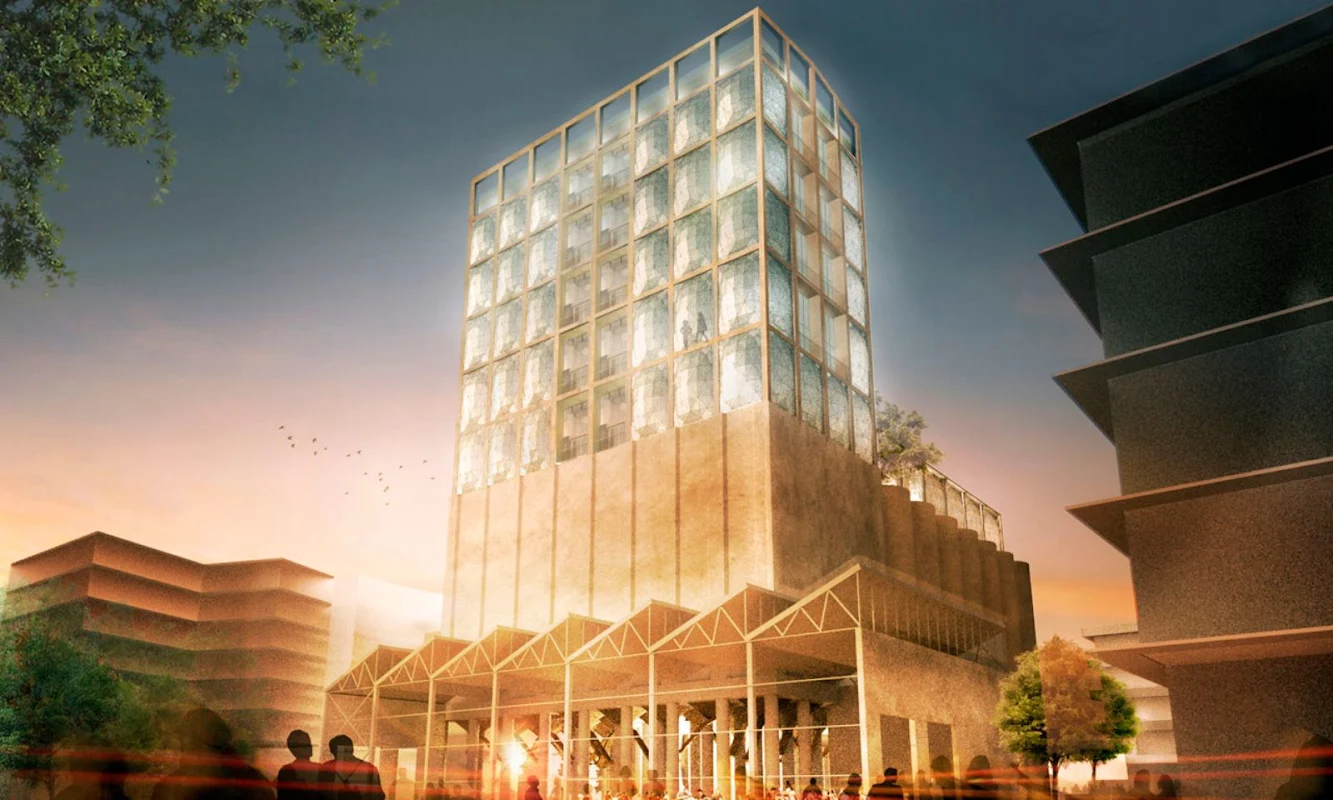
Built in 1921 the Grain Silo building remains an icon of the Cape Town skyline, in South Africa. It will become a platform for artists across Africa and house the largest collection of African contemporary art across 9,500 sqm of space. Zeitz Museum of Contemporary Art Africa (MOCAA) is set to welcome its first visitors at the end of 2016.

“How do you turn forty-two vertical concrete tubes into a place to experience contemporary culture? the brief was to reinvent the historic Grain Silo at the V&A Waterfront in Cape Town, as a not-for-profit cultural institution housing the most significant collection of contemporary art from Africa and its diaspora. Our first thoughts wrestled with the extraordinary physical facts of the building.

There is no large open space within the densely packed tubes and it is not possible to experience these volumes from inside. Rather than strip out the evidence of the building’s industrial heritage, we wanted to find a way to celebrate it. We could either fight a building made of concrete tubes or enjoy its tube-iness. Unlike many conversions of historic buildings which have grand spaces ready to be repurposed, this building has none.

The project became about imagining an interior carved from within an infrastructural object. the solution we developed was to carve galleries and a central circulation space from the silos’ cellular concrete structure, creating a cathedral-like central atrium filled with light from a glass roof. the other silo bins will be carved away above ground level to create gallery spaces for the Zeitz Mocaa permanent collection and international travelling exhibitions.

From the outside, the greatest visible change to the Silo’s monumental structure will be the addition of pillowed glazing panels, inserted into the existing geometry of the upper floors, which will bulge outward as if gently inflated. by night, this will transform the building into a glowing lantern or beacon in the harbour”. Heatherwick Studio